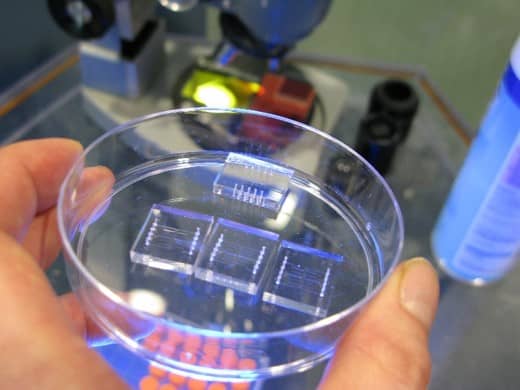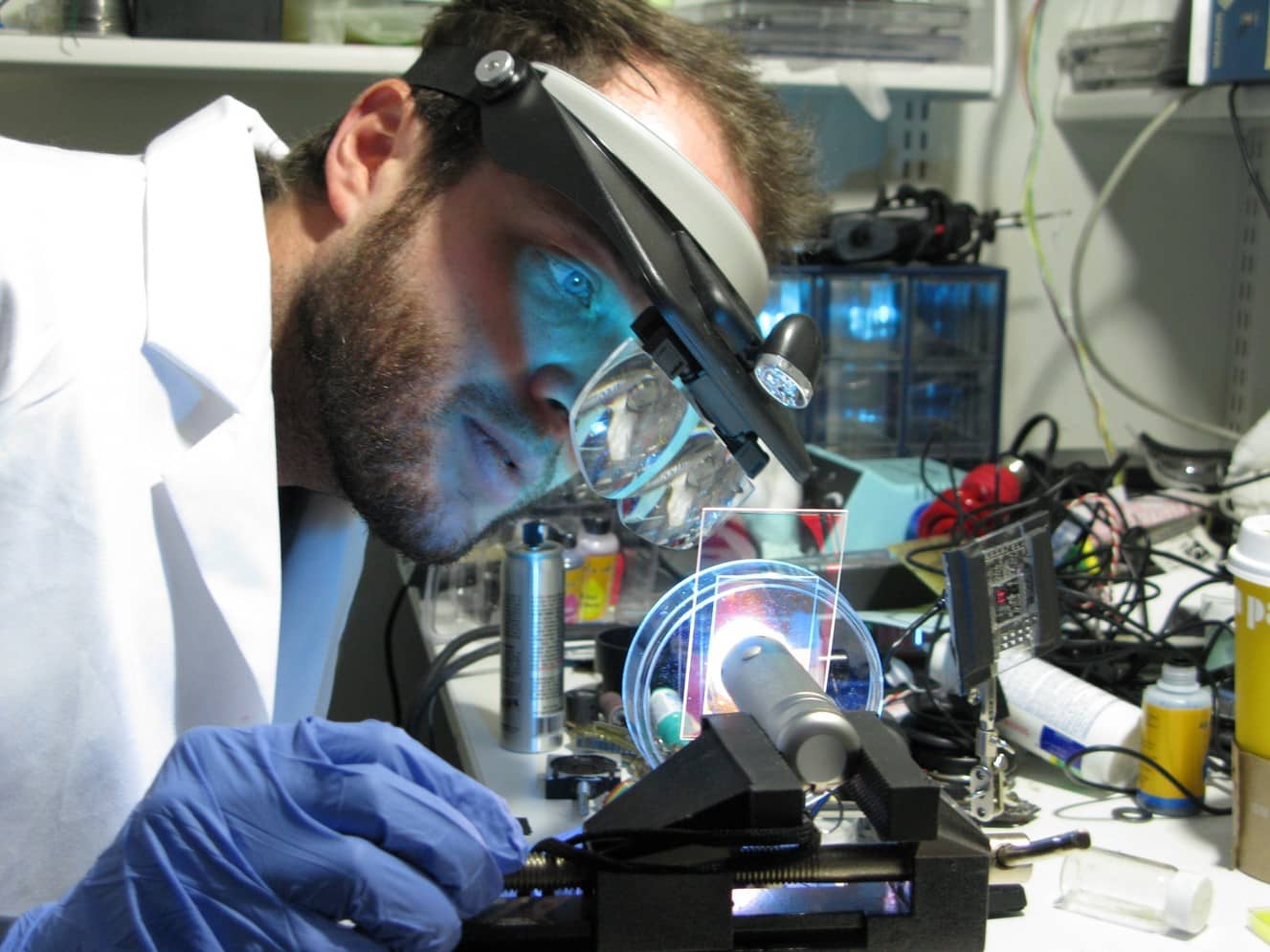A cataract-affected eye scatters and refracts light before it reaches the retina, caused by a fogging or clouding of the lens. This system measures this deformation, or clouding, by allowing one to compare a good light path with a light path blocked by the cataract.
Current methods for cataract detection require costly equipment and highly trained clinicians. Traditional techniques measure back-scattering, which is observed and subjectively diagnosed, but do not address the early onset of cataract affected vision as early opacities are difficult to detect, especially in the field. Back-scattering can also be misleading as it does not account for what the patient actually sees. This novel approach, reduced here to practice, captures a full map of opacity and scattering, providing significant improvements beyond existing techniques which are limited to a simple grading of severity.

